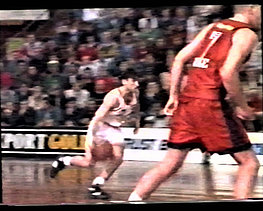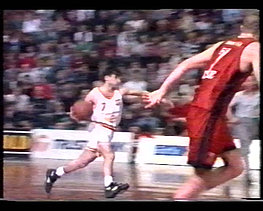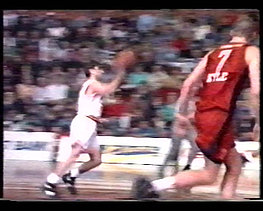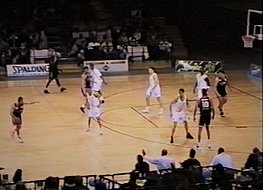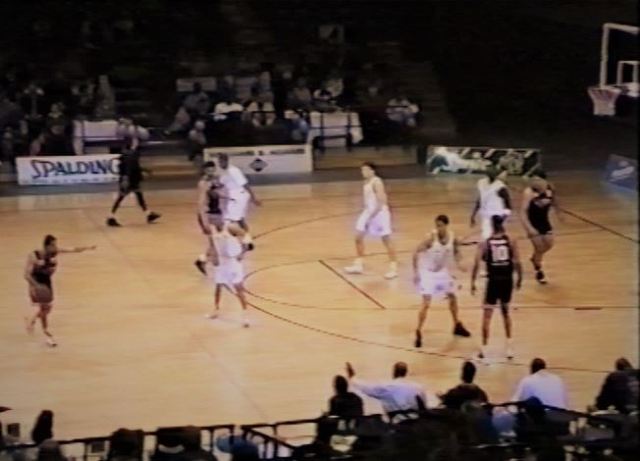
The Point Guard: The General
No other position in sport can offer what the Point Guard offers. The range of skills, decision making, pressure and responsibilities are not found in any other sport. Unfortunately not everyone who plays basketball gets to experience the point guard position, and gets to understand how to control a team, the tempo of the game, to slow it down and run an offence that can take 20 seconds, or to get the ball up the court and look to score within three to seven seconds from the start of their offence.
Point Guard Responsibilties
Point guards require a range of skills that can enable them to get a basketball and dribble it up the court (baseline to baseline) and read the situation that’s in front of them (while under intense pressure). They must be aware of:
- What their four team mates are doing on the court.
- What five opposing players are also doing on the court at the same time.
With 10 people on the court in a confined area, the level of decision making is greater than in any other sport. He/she has to make snap decisions and have the skills to execute what is needed to do to win games. The skill level and decision making was the most challenging thing I came across in all the sports I’ve tried. In rugby the first-five has the same responsibilities of running his/her team.
In football, the mid-fielder’s role is the same. But the difference is, basketball is played in a confined space and everything is constant and situations on the court change at ‘the blink of an eye.’
In rugby and football, because of the size of their fields, players often stand around waiting for the ball to come to them, whereas in basketball, there is no time to stand around, so for every second you play, you have to be calculating, anticipating, and moving in accordance to what and how your team mates are moving and what the situation requires.
A point guard is responsible for what his team mates are doing. They are waiting for him to tell them what to do. He/she is the general and the leader. Games are often won or lost because of the decisions the point guard makes.
Analyse the situation
Slow the game down
Two types of Point Guard
- The player responsible for advancing the ball up the court and getting their team into an offence. He/she controls every possession, under every type of pressure and commences the smooth execution of the offence. He/she is communicating with the coach on the sidelines and uses instinct to control the team. It’s like trying to control a team of four horses on a chariot; all four horses have to be on the same wave-length and thinking the same thing. They have to become one.
- Players like Larry Bird and Pero Cameron didn’t have to bring the ball up the court, but they could control their teams from the forward positions with passion, emotion and intellect. So the true ‘concept’ of the Point Guard is more than just a ‘position’ (where they advance the ball and set up the offence). It is about leadership, using initiative and taking charge. A point guard will display leadership qualities by recognising the more influential team mate (Bird / Cameron) and run the team through them. They also control things through the Point Guard, making it a dual leadership role.
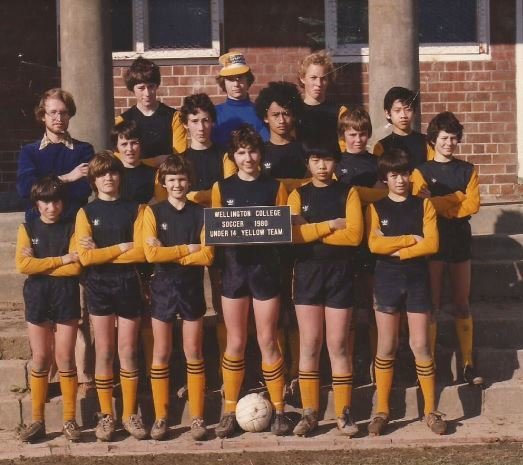
Size doesn’t matter!

